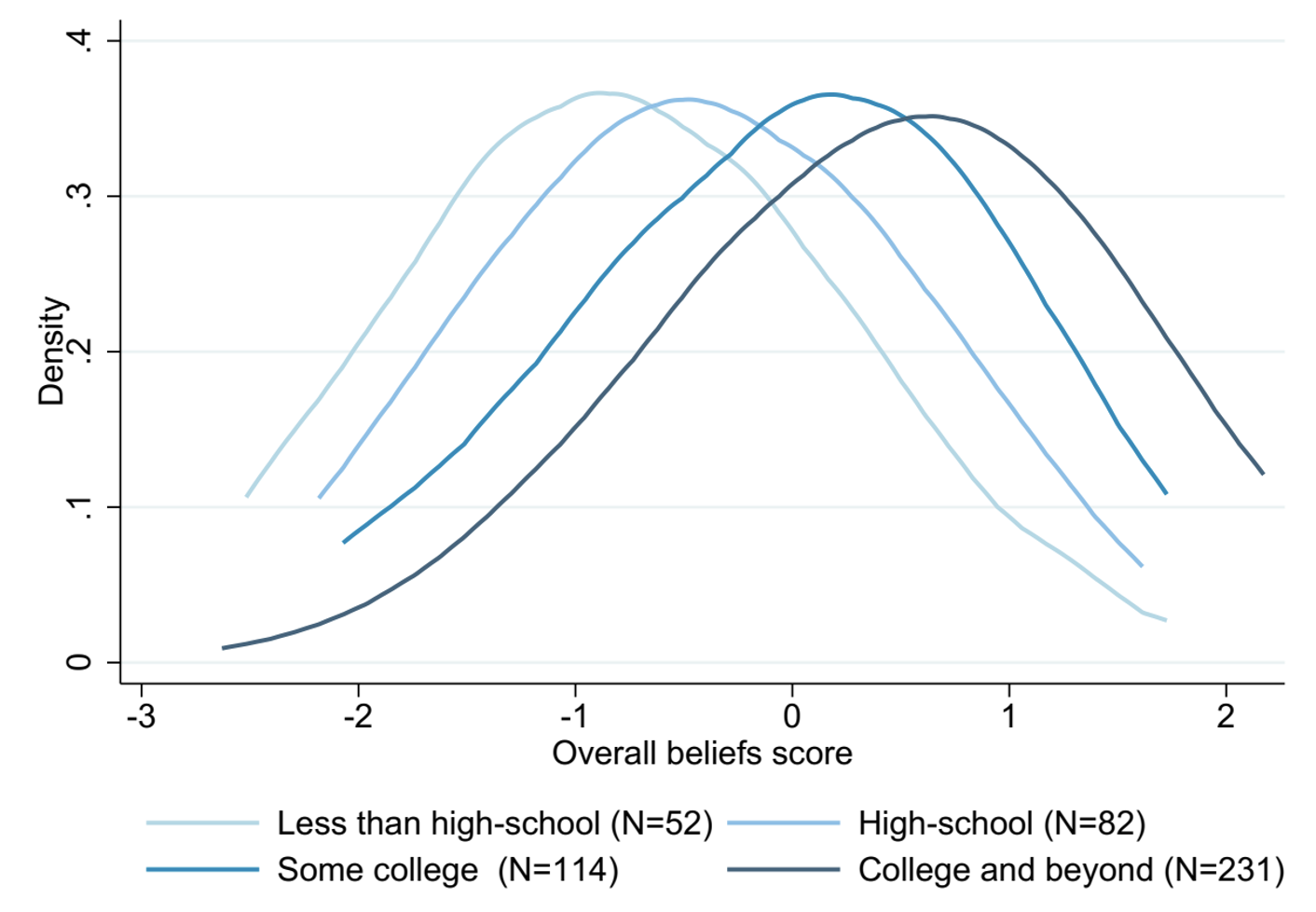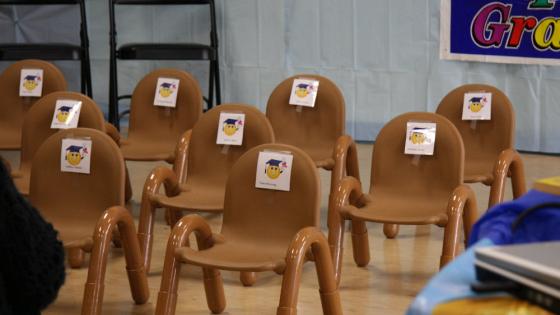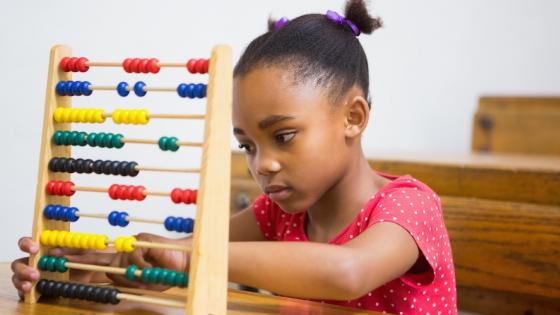Parental inputs are critical in the formation of children’s skills during the first stages of development (e.g. Attanasio et al. 2020, List et al. 2018). Yet, studies found that these inputs substantially differ across socioeconomic backgrounds (Kalil 2015, Huttenlocher et al. 2010, Guryan et al. 2008, Hoff 2003), serving to exacerbate early gaps in child outcomes. In our recent paper (List et al. 2021), we take a step back and ask a simple question: to what extent do differences in parents’ beliefs about child development explain the observed differences in parental inputs and child outcomes? To answer that question, we analyse how parental beliefs differ across socioeconomic strata and experimentally test the malleability of these beliefs. Our results indicate that changes in parental beliefs can lead to improved school readiness outcomes among children of low-socioeconomic status (SES) families.
Disparities in parental beliefs
Previous research shows that as early as age three, and consistently until the end of high school, there is a clear gradient in child test scores by mothers’ level of education (Brooks-Gunn et al. 2006). In Figure 1, we show that parental beliefs follow the exact same gradient: more educated mothers are more likely to believe that parental investments affect child development than mothers with lower levels of education are. (Beliefs are assessed right after the birth of the child.)
Figure 1
Two field experiments
To test the malleability of parental beliefs, we implemented two field experiments that provide parents with information on the role of parental inputs for child development. The first experiment is a ‘light-touch’ intervention that we implemented in paediatric clinics, leveraging the ‘well-child visits’ that take place in the first six months after birth for the vaccination of the baby. It consists of a series of four 10-minute long videos that parents watch while they are waiting for their appointment at the 1, 2, 4, and 6 month visits. The second experiment is more intensive and targets older children. It consists of a series of 12 home visits every two weeks (six months total) for children between 24 and 30 months. During each visit, the home visitor first shows parents a video that covers a specific development topic and then goes through an activity with the caregiver to demonstrate how to put the concepts covered in the video into practice.
In both cases, the intervention was designed around the 3Ts framework: tune in, talk more, and take turns. The 3Ts framework, developed by the TMW Center for Early Learning + Public Health1 at the University of Chicago, aims at promoting nurturing, language-rich, serve-and-return interactions between caregivers and children (e.g. linguistic interactions, encouragement, incorporation of math concepts into everyday conversations). Each intervention was implemented in the Chicago metropolitan area and targeted low-SES families. We randomised families into either a treatment group or a control group and followed them over time so that we could measure the causal impact of the interventions on parental beliefs, behaviours, and child outcomes.
Improvements in parental beliefs, investments, and child outcomes
Our first experimental results show that both interventions have an immediate and lasting positive impact on parents’ beliefs. With the less intensive programme, parents in the treatment group have significantly different beliefs about the effects of their investment on child development from the control group. The impact shows immediately after the intervention and persists until the end of our study, a year and a half later. The more intensive programme based on home visits significantly improves parental knowledge as well, with a magnitude that is roughly two times larger than the first intervention.
To assess the impact of the programmes on parental inputs, we use direct observations of parent-child interactions, which allows us to capture subtle changes in parents’ and children’s behaviours. While the first programme has modest and non-lasting effects on the quality of parent-child interactions, the home-visit programme induces parents to take a significantly higher number of turns with their child and increases the number of child vocalisations. An important feature of our theory of change is that improvements in parents’ behaviours are the results of improvements in parental knowledge and beliefs about child development. We test this hypothesis by exploiting the random variation in beliefs that is generated by the intervention (our first result) and allows us to neutralise the effects of confounding factors. Our findings are consistent with the existence of a causal relationship between changes in beliefs and changes in parental inputs.
Our final outcomes of interest are children’s skills. Once more, the impacts of the light-touch programme are limited, but we find improvements in a broad range of school readiness outcomes with the more intensive programme. Children in the treatment group have significantly higher vocabulary and maths skills than children in the control group, and they also have better socio-emotional health, both immediately after the intervention and six months after.
Parental beliefs explain up to 19% of the observed variation in child language skills
We close our analysis with an exploration of the predictive power of parental beliefs about child development. Using data from a longitudinal study that followed parents and children for four years starting at age one, we show that parental beliefs strongly and consistently predict children’s linguistic skills. Families involved in the study live in the Chicago metropolitan area and come from low socioeconomic backgrounds. Our results indicate that correlations between parental beliefs and children’s skills are systematically positive, both across different ages and across different skill measures. Additionally, we find that a large share of the variation in child outcomes is explained by variation in parental beliefs. For instance, we show that beliefs measured at 19 to 22 months explain 18.7% of the variation in child language skills a year and a half later.
Research on child development indicates that early childhood investments lead to better long-term outcomes in children (Bailey et al. 2021, Heckman and Karapakula 2019), calling for more research on the optimal policies required to reduce early inequities within modern societies. Yet, there is much heterogeneity in childhood investment and child outcomes observed across socioeconomic strata. We approach early childhood disparities differently by focusing on parental beliefs as a potential driver of disparate inputs and child outcomes. Our findings suggest that providing information and guidance that can change parental beliefs about the impact of parental investments in children can be a pathway to improving school readiness outcomes.
References
Attanasio, O, S Cattan, E Fitzsimons, C Meghir and M Rubio-Codina (2020), “Estimating the production function for human capital: results from a randomized controlled trial in Colombia”, American Economic Review 110: 48–85
Bailey, M J, S Sun, and B Timpe (2021), “Head Start’s long-run impacts on human capital and labour-market outcomes”, VoxEU.org, 6 June.
Brooks-Gunn, J, F Cunha, G Duncan, J J Heckman, and A Sojourner (2006), “A reanalysis of the IHDP program”, Unpublished manuscript, Infant Health and Development Program, Northwestern University.
Guryan, J, E Hurst, and M Kearney (2008), “Parental education and parental time with children”, VoxEU.org, 5 July.
Heckman, J and G Karapakula (2019), “Intergenerational benefits of high-quality early childhood education for underprivileged children: Evidence from the iconic Perry Preschool Project”, VoxEU.org, 23 August.
Hoff, E (2003), “The specificity of environmental influence: Socioeconomic status affects early vocabulary development via maternal speech”, Child Development 74: 1368–1378
Huttenlocher, J, H Waterfall, M Vasilyeva, J Vevea and L V Hedges (2010), “Sources of variability in children’s language growth”, Cognitive Psychology 61: 343–365
Kalil, A (2015), “Inequality begins at home: The role of parenting in the diverging destinies of rich and poor children”, in Families in an era of increasing inequality, Springer.
List, J A, J Pernaudet, and D L Suskind (2021), “Shifting parental beliefs about child development to foster parental investments and improve school readiness outcomes”, Nature Communications 12(1): 1–10.
List, J A, A Samek and D L Suskind (2018), “Combining behavioral economics and field experiments to reimagine early childhood education”, Behavioural Public Policy 2: 1–21.
Endnotes
1 Follow the TMW Center for Early Learning + Public Health on Twitter at https://twitter.com/tmwcenter.




